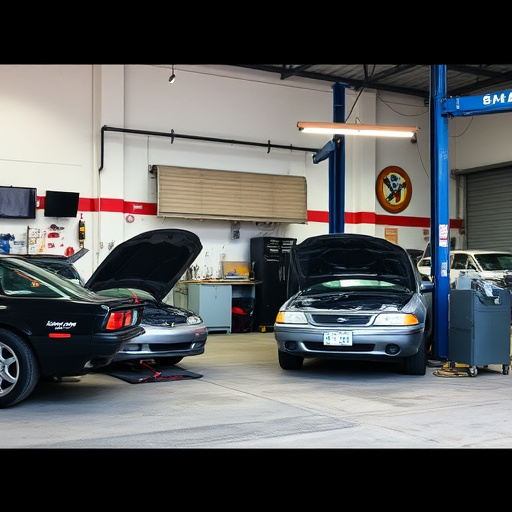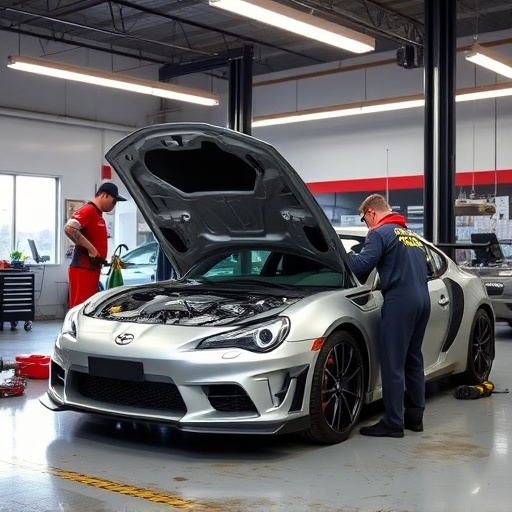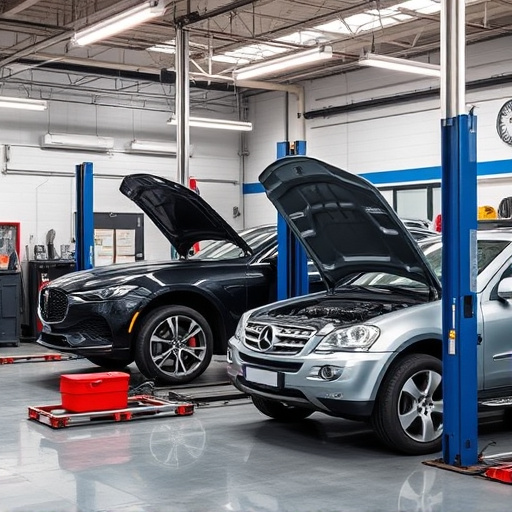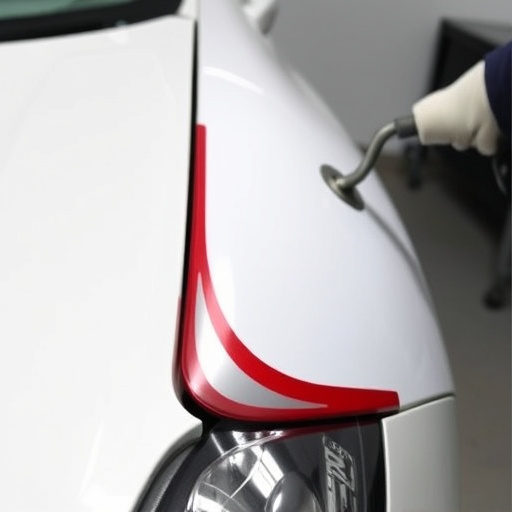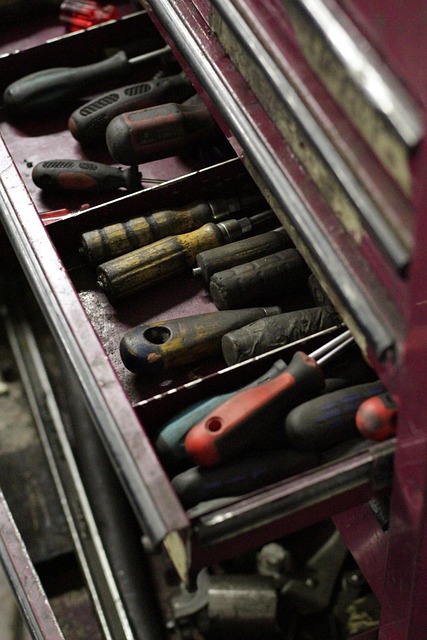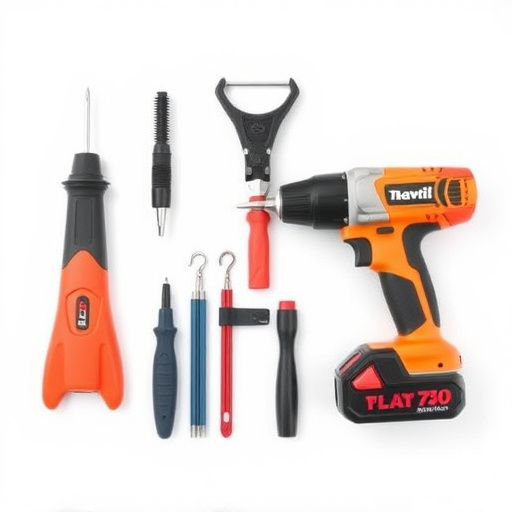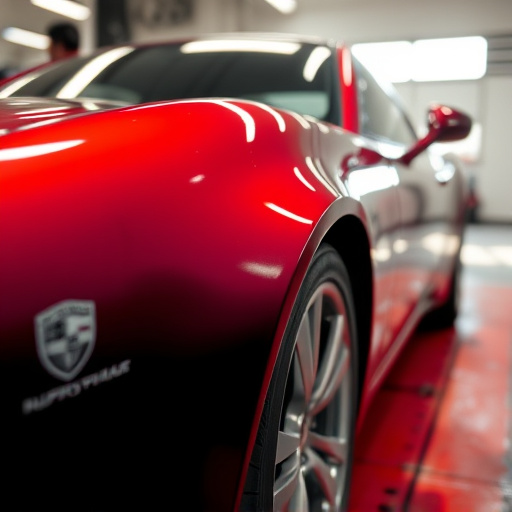Paintless Dent Repair (PDR) pricing depends on panel size, dent depth, location, vehicle condition, and repair complexity. Technicians assess these factors to provide tailored estimates without needing additional paint. Costs include severity/size of dents, repair complexity, labor rates, shop overhead, and accessibility, with intricate or large dents being more expensive. Reputable PDR professionals offer transparent pricing to ensure a positive experience.
“Discovering the intricacies of PDR (paintless dent repair) pricing is essential for both professionals and consumers. This article breaks down the complex factors influencing PDR costs, offering valuable insights into understanding this popular auto body repair method. From the structure of PDR pricing to key cost drivers, we explore what determines the final bill. Additionally, we shed light on consumer considerations, ensuring you’re informed when choosing PDR services.”
- Understanding PDR Pricing Structure
- Key Factors Influencing Cost Estimates
- Cost Considerations for Consumers
Understanding PDR Pricing Structure
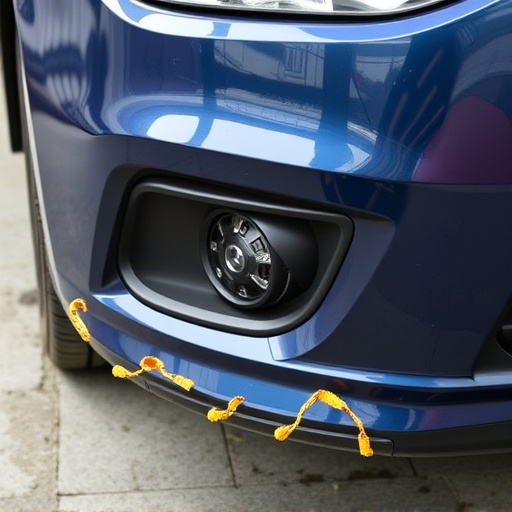
PDR pricing structure can vary significantly depending on several factors unique to each repair job. Unlike traditional automotive collision repair methods that often involve painting and extensive body work, PDR focuses on restoring dented panels to their original condition without damaging the surrounding paint or requiring additional paint applications. This more specialized approach naturally influences the cost dynamics of PDR services.
Understanding the pricing behind PDR involves considering factors such as panel size and complexity, depth of the dent, location of the damage, and the overall condition of the vehicle. Each of these elements plays a crucial role in determining the level of skill and time required to perform the repair effectively. Professional PDR technicians meticulously assess each case, factoring in these variables to provide accurate estimates tailored to the specific needs of every collision center client.
Key Factors Influencing Cost Estimates
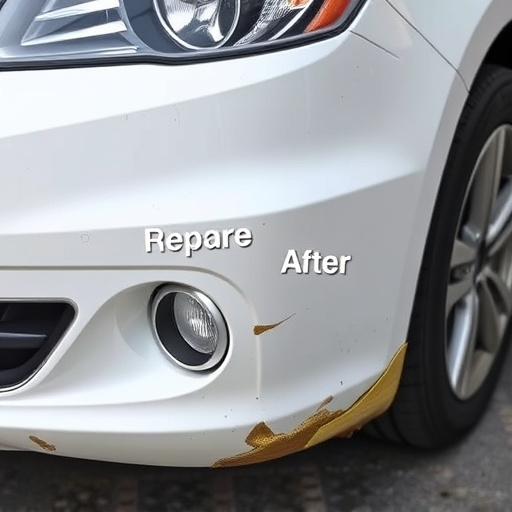
When estimating costs for PDR (paintless dent repair) services, several key factors come into play. The primary considerations include the severity and size of the dent or damage to the vehicle’s panel, as well as the complexity of the repair process involved. Each dent is unique, requiring tailored techniques and tools to ensure optimal results without compromising the car’s original finish.
Additionally, the location and accessibility of the damaged area can impact pricing. For instance, dings on tight corners or intricate body panels might necessitate specialized equipment and more meticulous work, driving up costs. Moreover, factors like labor rates, shop overhead, and whether the repair includes additional services such as tire services or paint corrections also contribute to the final cost estimate at an automotive body shop offering PDR treatments.
Cost Considerations for Consumers
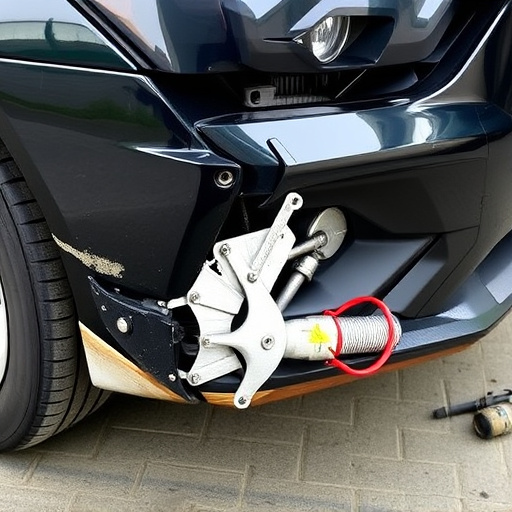
When considering PDR (paintless dent repair) for their vehicle, consumers should be aware of several cost considerations. The primary factor is the extent and complexity of the damage. Simple dents or scratches can be repaired relatively quickly and at a lower cost, while more intricate or larger dents will require additional time and expertise, driving up the price.
Another key element influencing PDR pricing is the location and accessibility of the dent. Dents in hard-to-reach areas, such as the hood or trunk, might necessitate specialized tools and techniques, adding to the overall cost. Additionally, consumers should inquire about hidden fees related to labor, materials, and any additional services offered by the auto repair shop. Transparent pricing from reputable PDR professionals is essential for ensuring a positive experience and avoiding surprises during vehicle dent repair.
PDR pricing, driven by factors like vehicle make and model, damage severity, and location, varies widely. Understanding these elements empowers consumers to get accurate cost estimates and make informed decisions. By considering both the benefits of paintless dent repair, such as reduced downtime and minimal paint alteration, and the associated costs, individuals can choose the best course of action for their specific needs, ensuring a satisfying and cost-effective outcome.




